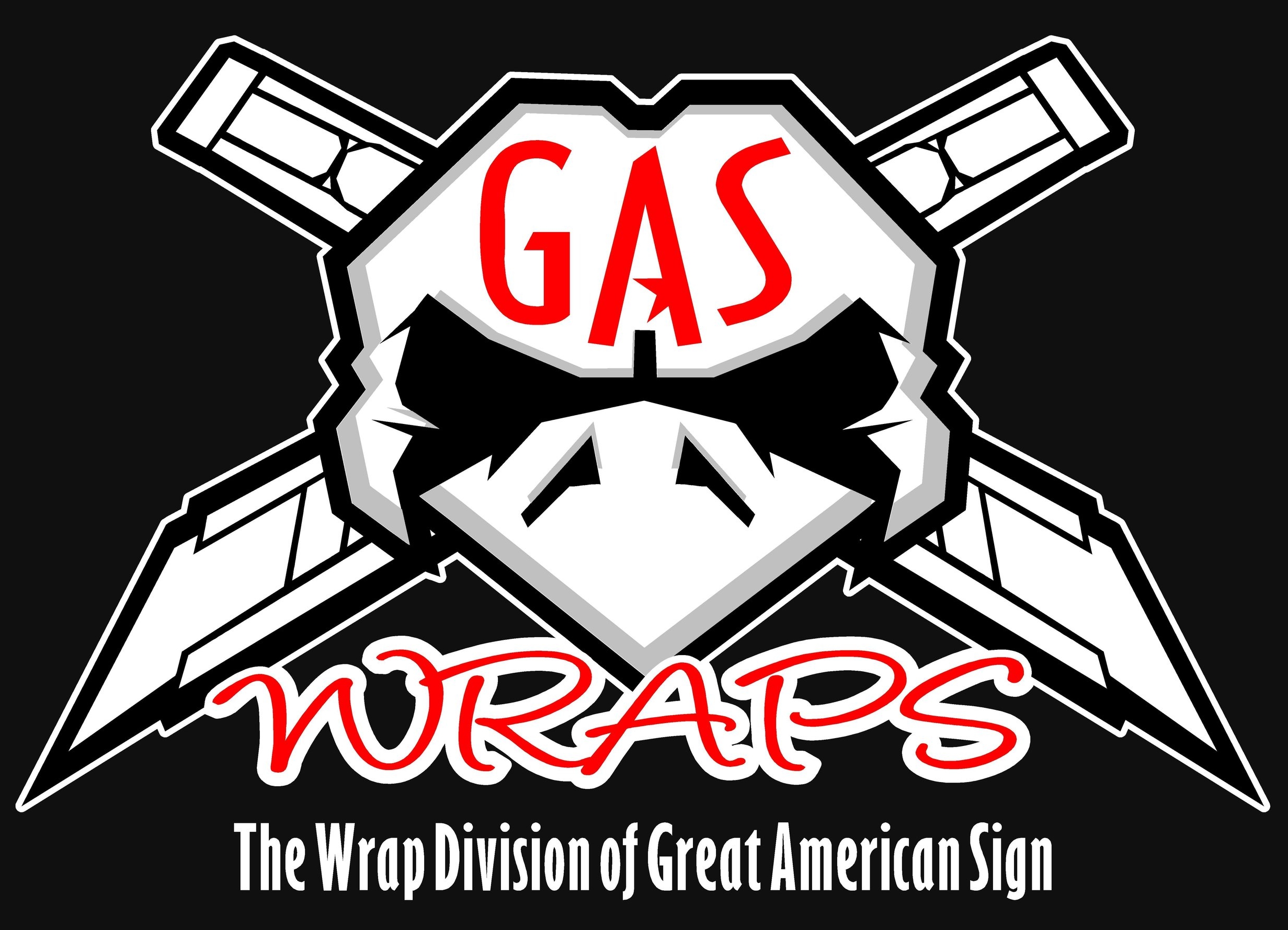The Printed Wrap Process
While we are happy to install any pre-printed materials, most commonly we handle wraps start to finish in a three step process:
Design
For some people this is the most fun part of getting a vehicle wrap and for some it is the most intimidating. Generally design begins by collecting any necessary artwork for your wrap, including business logos, text, and other images. The next step is to have a general (or specific) idea of you want it to look like. You don’t need to know exactly, but it is handy to have a couple existing wraps you like so we can get a general idea of what is cool to you. These can be wraps we’ve done, ones you’ve seen locally, online images, or any combination. From here our designer can create one or two proofs (depending on how specific you want it), and send it back to you for feedback. If you’re happy, great! On to step two. If you are mostly happy it can be tweaked to your liking, and if you really had something else in mind just let us know, that’s what we’re here for!
Printing
After design is completed and confirmed, it is on to printing. Our Roland printer will print for an average of a full day, although we’ve printed for 3 days straight to finish a school bus before! Our favorite material is Avery-Dennison, although we are familiar with and will sometimes use other materials for specific color matching and in a few other unique cases. We use Eco-solvent ink and let it sit for a minimum of 48 hours in order for the ink to really set into the material and prevent color stretching during the installation phase. After the material is all printed and dried, it is laminated to prevent direct damage and to prolong the life of the material in sunlight and other harsh conditions. It is then cut into large panels that will fit the contours of the vehicle as planned by the designer.
Installation
Installation begins by removing as many pieces as possible from the vehicle, such as door handles, lights, antennas, emblems, and raised letters. Handles, lights, and the like will be carefully reinstalled after the wrap is completed, while things such as letters are usually left off but up to the customers discretion. From here we wipe the entire vehicle down with isopropyl alcohol (and sometimes vinegar or rapid remover) to remove all excess dirt or grime that will interfere with the stickiness of the wrap material (NOTE: we are not a car wash and vehicles are expected to be pre-washed upon arrival).
After this prep work is completed the real wrapping begins. For any given side, the first task is to place knifeless tape at places where the material needs to end to keep the totality of the wrap looking good. We like to use knifeless tape because it avoids cutting directly on the vehicle and scratching the paint underneath. Next, all the panels for the side being worked on are laid out to make sure they fit and are lined up correctly. The wrap is carefully placed to avoid wrinkles and bubbles, and then trimmed to fit exactly. Any necessary details are trimmed last, such as gas caps, wheel wells, windows, or gaps between doors.



